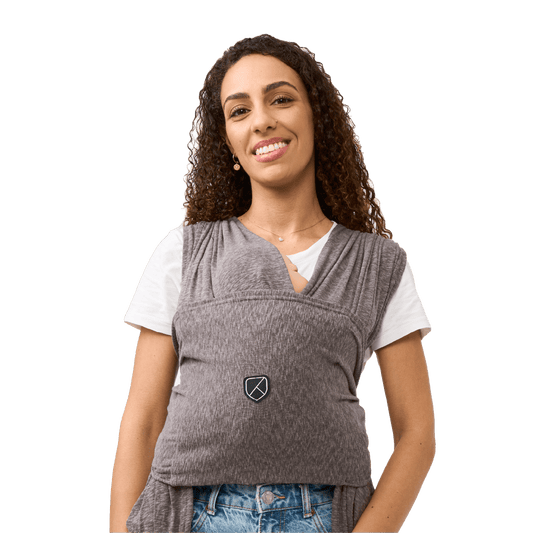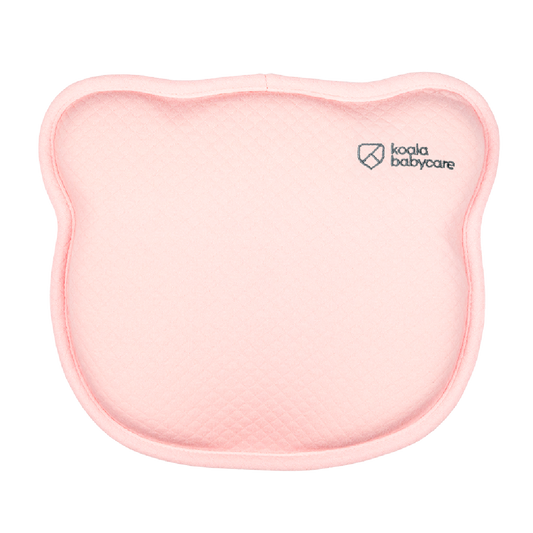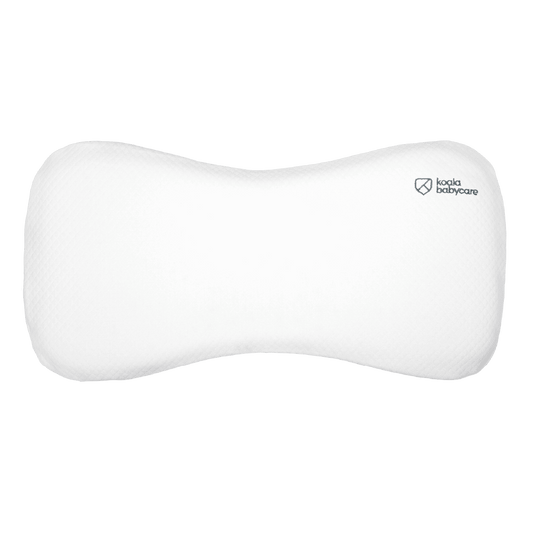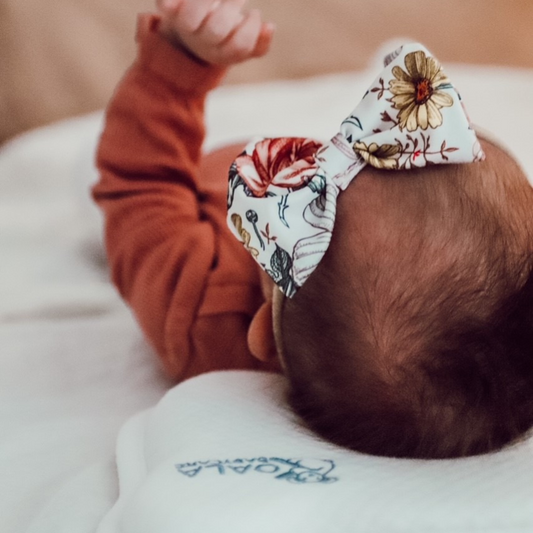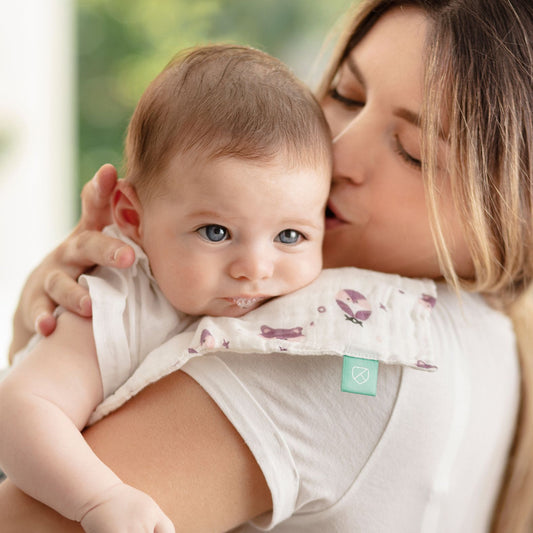Maria Antonietta Bonanno, a healthcare professional, who specialises in cranial deformation in young children, provides helpful advice on how to prevent and treat flat head syndrome in infants.
Dear mums and dads, it’s important for you to know that head shape abnormalities are extremely common and occur for a variety of reasons, many of which derive from factors beyond parent’s control.
The most common disorder is Flat Head Syndrome, known in medical terms as posterior positional plagiocephaly and posterior positional brachycephaly, which can occur before, during and even after the birth.
To learn more about the causes and the different types of disorders, read the article Head shape disorders in infants by Maria Bonanno.
What is the difference between Plagiocephaly and Brachycephaly?
Positional brachycephaly is characterised by flatness across the entire back of the baby’s head, which, when observed closely, also appears shorter than normal. Posterior positional plagiocephaly, on the other hand, refers to a flattening of the right or left back side of an infant’s head.
Always talk to your Doctor first
First and foremost, it’s important that you discuss any concerns regarding your baby’s head shape with your Doctor, as positional plagiocephaly and positional brachycephaly can also be confused with rare and serious brain and skull disorders.
Positional torticollis and non-asymmetrical use of legs and arms should always be reported to a Doctor as a difference in strength between muscles in the neck may sometimes be caused by several neuromuscular system disorders.
We also recommend that any case of positional plagiocephaly or positional brachycephaly be reviewed by your Doctor, as your baby may require paediatric manipulative and rehabilitative intervention by means of a specific exercise programme as well as repositioning therapy.
Tips on the prevention and treatment of brachycephaly and positional plagiocephaly
The following tips were developed in 2014 by the Centro Studi Postura e Globalità in collaboration with specialist paediatric physiotherapists, developmental therapists, physiatrists, and infant neurosurgeons.
They are extremely effective in preventing flat head syndrome, stimulating normal motor activity, and preventing positional torticollis which can occur after birth.
- Starting from the first few days of your newborn’s life, lie them on their back, whilst in their crib or pram using anindented Memory-Foam pillow. This will allow the back of their head to develop properly.
- When your baby is lying on their back, alternate the direction your baby's head is facing, between the right and left side.
- As infants are attracted automatically to their parent’s presence, if your baby sleeps in your room, alternate the position of their carrycot or crib in respect to your bed, or try laying them down in a different position so the side they have to turn to look at varies from left to right.
- Under close supervision, when your infant is awake, remove the pillow and hold your baby on their side, alternating between right and left, stimulating them by your physical presence or with objects they enjoy looking at.
- Change the position of toys and musical mobiles in their crib or carrycot, varying between left, centre and right.
- When talking or playing with your baby,vary your position between middle, right, and left sides.
- Alternate the arm you use to hold your babywhen feeding and carrying them.
- When holding your baby upright, for example for winding or cradling, alternate between using your right and left shoulder.
- When awake, reduce the time your baby spends lying on a firm flat surface, such as cribs, carrycots, car seats and bouncers. When using any of these, make sure you have a comfortable indented Memory-Foam pillow to help shape their skull. Use a baby carrier, wrap or sling to carry your baby.
- From two months old, you can introduce Tummy Time. This can be done, under your close supervision, when your baby is awake and far from mealtimes. Place your baby on their stomach, so they are resting on their arms, and encourage them to keep their head straight and to turn it to the right and to the left. Place a tummy time pillow underneath their arms or chest.
If your baby fusses or cries, don't worry, as the first few times can be a bit tiring for them. Just try placing them on their stomach for a few minutes until they get tired and then change position.
Repeat again later in the day, increasing the amount of time they spend in this position by a few minutes each day. You’ll notice that with time they will tire less and less.
Persevere and don't become discouraged as it’s essential they acquire this skill for their motor development and to improve the strength of their neck muscles.
When your baby reaches 4 months old, you can start to stimulate them to roll both to the right and to the left side. Furthermore, when they are able to sit up, usually around the 6 month mark, you can encourage them to turn their head in both directions.
If your infant already suffers from flat head syndrome (plagiocephaly), it’s vital that you actively apply these tips, aiming to gradually increase the number of exercises you use to encourage your baby to turn to the non-flattened side of their head (the side they tend to prefer least).
This advice can be used when playing with your infant or when holding them. In either case, the child should be encouraged to use both sides of their head. If, for example, the head has a more lateral brachycephaly (a flattening on one side), you should stimulate your baby to lie and sleep on the opposite side as well.
A valuable form of help in the prevention and treatment of flat head syndrome (plagiocephaly and brachycephaly) is the Koala Perfect Head range of baby pillows, specifically designed to provide the best possible support for your baby's head whilst in their cot, crib, carrycot, pram and even while being held in mum and dad's arms.
Maria AntoniettaBonanno - Physiotherapist
Maria Antonietta Bonanno is a physiotherapist, graduated in Rehabilitation Sciences (with specialisms in Neurology, Osteopathy and Posturology), and a lecturer of Paediatric Cranio-Sacral Therapy. She has worked in Cranial Manipulation since 1999 and is actively involved in various research projects on the topic of Positional Plagiocephaly in collaboration with several universities.


